Frozen war thaws in Russian backyard as Nagorno-Karabakh flares
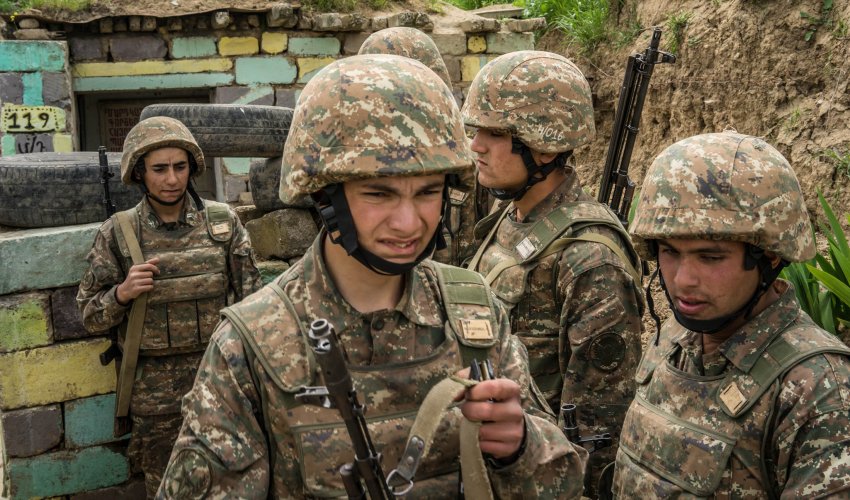
As Russian President Vladimir Putin plunges deeper into his military adventure in Syria, the specter of an older war much nearer his own doorstep is reawakening.
From reinforced trenches reminiscent of World War One, Azeris and Armenians contesting the Nagorno-Karabakh region watch each other intently through binoculars. Separated by 300 meters (1,000 feet) of ground dotted with land mines, they’ve recently witnessed mounting casualties caused by ever-more powerful arsenals of weapons.
"Their shooting is increasing,” said Simyon Sarayan, a 25-year-old front-line soldier from Nagorno-Karabakh, whose Armenia-backed forces took the territory and seven adjacent districts of Azerbaijan before Russia brokered a 1994 cease-fire. "We’re always on alert and ready to give a proper response.’’
The mountainous territory is part of a new arc of instability along Russia’s border that stretches north from Nagorno-Karabakh through Georgia, Ukraine and Moldova. While fighting between Armenia and Azerbaijan would bring more turmoil to the region -- and potentially disrupt a new energy corridor between Central Asia and Europe -- analysts say the risks of a full-blown war dragging in other powers are limited.
Oil, Arms
"A calculated escalation to a full-scale war is still unlikely at this point,” Laurence Broers, co-editor-in-chief of the Caucasus Survey journal, said by e-mail. "The various constraints and risks are too great.” The international interests at stake in the region and "the exploitation of Caspian oil and gas militate against a fully-fledged military campaign.”
The confrontation dates back to the dying days of the Soviet Union when a dispute between Armenia and Azerbaijan flared into a war that killed 30,000 and created one million refugees. Mediators led by the U.S., France and Russia have failed to bring peace since the truce. Armenia says the enclave’s Christian Armenians, who declared independence from largely-Muslim Azerbaijan in 1991, have the right to self-determination. Azerbaijan demands respect for its territorial integrity.
What has changed is the economic balance of power as Azerbaijan has attracted $50 billion from BP Plc and its partners in recent years. Energy revenues poured into the government’s coffers, allowing President Ilham Aliyev to turn Baku into a gleaming capital of skyscrapers and high-end boutiques, while also building up his army. Military spending increased 30-fold in the past decade and reached $4.8 billion in 2015, more than Armenia’s entire state budget.
Pipeline Threat
That doesn’t deter Nagorno-Karabakh’s defense minister, Levon Mnatsakanyan, who says one of the first targets of any new war will be a BP-operated oil pipeline that’s less than 50km from the conflict zone and carries as much as 1.2 million barrels daily from Baku to Turkey’s Ceyhan.
"This is a very serious financial resource for Azerbaijan and we need to deprive them of these means,” he said in a Sept. 30 interview in the capital, Stepanakert. "If we’d known the situation would be like this today, we’d never have signed that truce 20 years ago.’’
Armenia will take "political-military steps’’ if Azerbaijan continues its "aggressive policy,’’ Armenian President Serzh Sargsyan told the United Nations General Assembly in New York last month. Azeri Foreign Minister Elmar Mammadyarov told the UN the blame lies with Armenia’s "unlawful presence” in "the occupied territories of Azerbaijan.’’
War ‘Miscalculation’
"The risk is that there will be a really bad incident and we’ll end up with a small war by miscalculation,’’ Tom de Waal, senior associate at Carnegie Europe, said by e-mail. While mediators "are trying to maintain the cease-fire” and keep talks going, "few believe in the chances of genuine conflict resolution.”
Tensions are rising "partly because people don’t see progress in the negotiations,” though "the situation on the front line won’t be allowed to get out of control” unless the Armenian and Azeri leaders give an order to fight, Zaur Shiriyev, a fellow in the Russia and Eurasia program at London’s Chatham House, said by phone.
Observing from afar is Putin, who showed Russia’s intention to keep a grip on the former Soviet regions of the Caucasus when it fought a 2008 war with Georgia. He summoned Aliyev and Sargsyan to Sochi for "a frank exchange of views” in August last year, saying "we need to show patience, wisdom, and respect for each other” to resolve the conflict.
‘Politically Choreographed’
Armenia hosts Russia’s only military base in the region and they have a mutual defense pact. Russia sells arms to both Armenia and Azerbaijan, however. Turkey, a member of the North Atlantic Treaty Organization, shut its border with Armenia to support Azerbaijan on Karabakh, "which is very sensitive for us,” President Recep Tayyip Erdogan said in January.
Disruption of the Baku-Ceyhan pipeline would hurt the foreign consortium in the Azerbaijan International Operating Company led by BP and including U.S., Japanese, Norwegian and Turkish companies, as well as transit countries Georgia and Turkey, Broers said. It’s hard "to foresee a military calculus that would justify the disruption of this spectrum of interests,” he said.
Stretching out the status quo may be the Armenians’ best strategy. "Time is working for us,’’ Karen Mirzoyan, Nagorno-Karabakh’s foreign minister, said in an interview last month. "The more time passes and the more successful we are in strengthening our statehood, the closer we are to international recognition of our independence.’’
With Azerbaijan vowing Nagorno-Karabakh "will remain an inalienable part of’’ it, increased violence remains possible. Greater use of heavy weaponry has led to the "worst casualty rate since the 1994” truce as Azerbaijan seeks to challenge the outcome of the war, though "the conflict remains politically choreographed,” IHS Jane’s Intelligence Review reported on its website Tuesday.
In the Armenian trenches, senior-lieutenant Gegham Grigoryan points to evidence of that challenge left by shrapnel in the wall of a hut used by soldiers. "A mortar from a Turkish-made howitzer landed just behind here last night,” he said. "The types of weapons used here and their caliber has changed. They’re getting bigger.”
(Bloomberg)
www.ann.az
Similar news
Similar news



























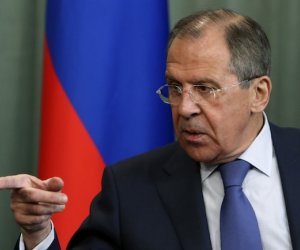

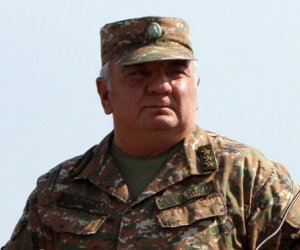
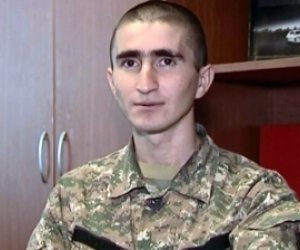

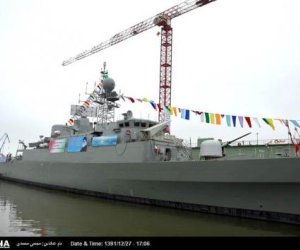



 Photo
Photo 



 Video
Video 

